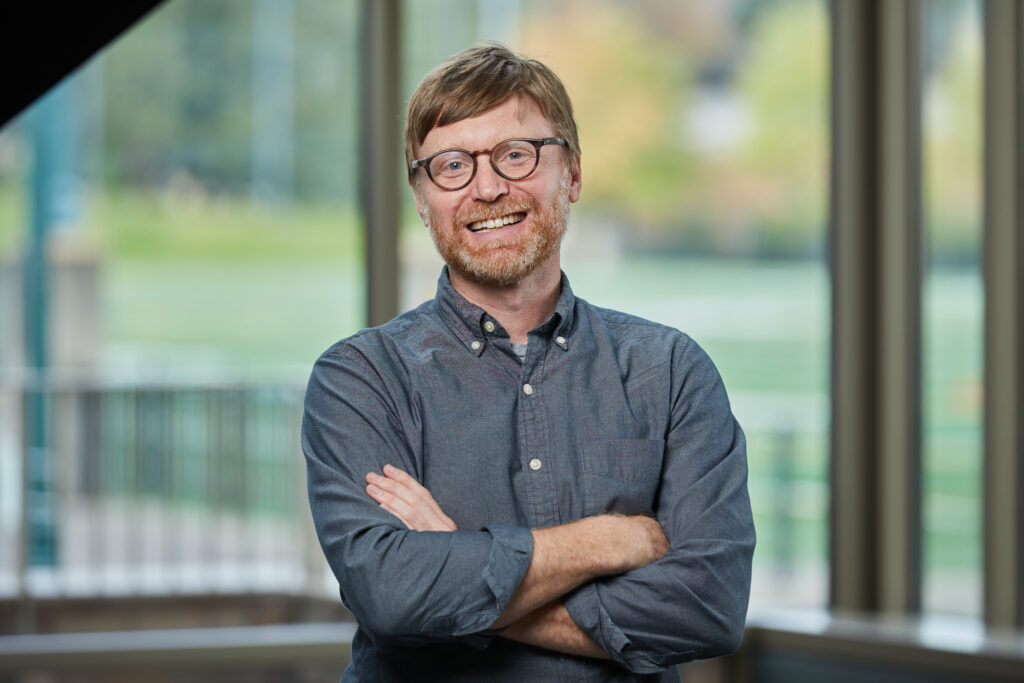 On Portland State University Week: Addressing homelessness is critical.
On Portland State University Week: Addressing homelessness is critical.
Todd Ferry, senior research associate, explains why small steps can have huge impacts.
Todd Ferry is a Senior Research Associate and Faculty Fellow at the Center for Public Interest Design (CPID) within the Portland State University School of Architecture, and has been with PSU since 2013. He teaches a range of architecture design studios and courses on Public Interest Design, Design Thinking for Social Innovation, and Design-Build Fieldwork.
Best Practices When Building Tiny Home Villages to Address Homelessness
Through a multidisciplinary collaboration with colleagues in community psychology, urban planning, and architecture, PSU’s Homelessness Research and Action Collaborative studied six villages in, Oregon, which is home to both the earliest and longest-running self-governed village in the country – Dignity Village, and the first city-sponsored village- the Kenton Women’s Village. We interviewed village residents, program managers, village architects, and neighbors to develop a how-to guide of best practices.
Findings range from recommendations about the physical infrastructure and mobility of the village’s pods, common facility, and site amenities, to participatory design practices, to social infrastructure that increases villager agency and voice. In addition, our study shows that villages need intentional practices to serve BIPOC communities, otherwise they reinforce racial inequalities. Best practices include: hiring BIPOC staff, creating partnerships with organizations that specifically serve the BIPOC community, supporting villages with BIPOC co-founders, and prioritizing race during intake in recognition of the disproportionate rates of Black and Indigenous people in the houseless population.
We know that the solution to homelessness is permanent housing and supportive services. The fact that we need to explore alternative shelter represents a social, political, and moral failing of this country. Yet this model of alternative shelter was developed by the houseless community and when done thoughtfully, can provide a safe place to heal, to thrive, and to transition into permanent housing. Moving forward, we hope to see those interested in creating alternative shelter models learn from best practices, include those with lived experience with homelessness as part of the design team, and strategically plan for how the investment and infrastructure of the alternative shelter can support future permanent housing.

Read More:
- More information about Portland State University’s Homelessness Research & Action Collaborative and its village model study and how-to guide. This research was funded by a grant from Meyer Memorial Trust. The full report and how-to guide will be available this spring.
- Background, history, and information about the village model in Portland from PSU’s Center for Public Interest Design at the School of Architecture.

Comments
One response to “Todd Ferry, Portland State University – Best Practices When Building Tiny Home Villages to Address Homelessness”